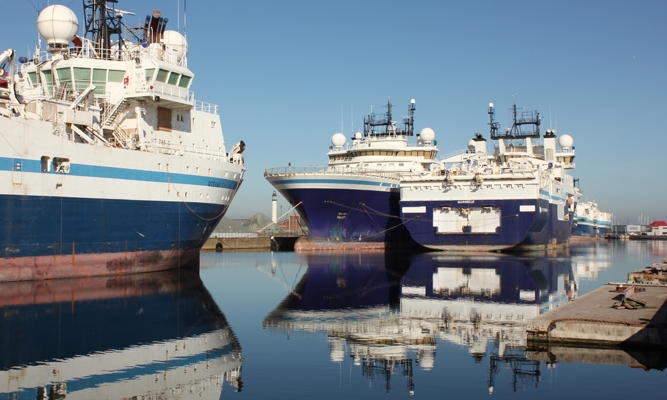How to ensure proper cathodic protection of docked and anchored vessels? This is the question that Stéphane Caradec, Operations Manager at O5 Marine asked the experts at Cetim. "At the Dunkirk port, we perform technical management of oil exploration vessels belonging to CGG, explained Stéphane Caradec. In order to reduce the energy consumption of these vessels when not in operation, we shut down the electrical production on-board and we only use the shore electrical power. As a result, the impressed current cathodic protection system used to protect the hull from corrosion by circulating direct current between the vessel and insoluble anodes is no longer in operation. Therefore, an efficient barrier must be established by dimensioning a galvanic anode protection system appropriately."
Field expertise
O5 Marine called on Cetim to assess the existing system and optimally dimension new anodes. "The conscientiousness and effectiveness of Cetim’s engineers is well known, stated Stéphane Caradec. This is why very early on we decided to call on their expertise in this area." After analysing the technical data of the vessels and their protection systems, Cetim’s experts continued their investigations on site at Dunkirk port. Potential measurements were carried out in several places for each docked vessel and a thorough analysis in electrical continuity between the galvanic anodes initially implemented and the vessel hulls was undertaken. Then, depending on the total surface area to be protected, the weight of the corresponding anode was calculated. Finally, for each vessel, the experts determined the number of galvanic anodes to be implemented with their specific dimension and their distribution. "At present, the entire CGG fleet docked in Dunkirk is protected," concluded Stéphane Caradec.



